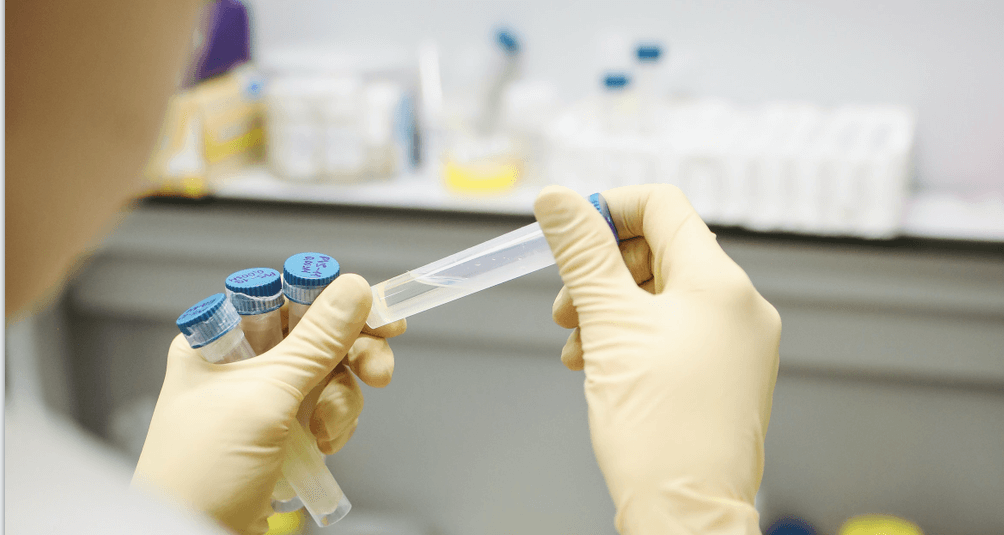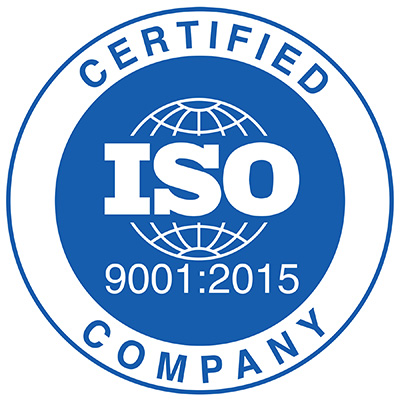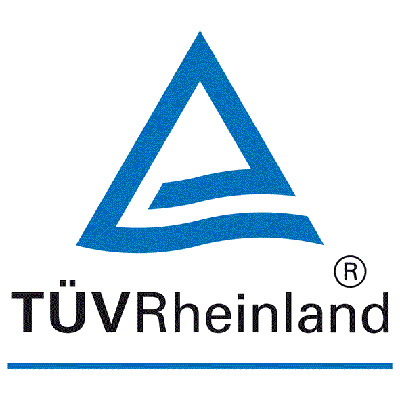Elisa Reader/Microplate Reader

ELISA readers/Microplate reader(Enzyme-Linked Immunosorbent Assay readers) are commonly used in biomedical research and clinical laboratories to detect and quantify the presence of specific analytes in samples. Optical filters are an important component of ELISA readers, as they help to isolate the specific wavelengths of light that are emitted by the assay and filter out unwanted background noise.
In general, the choice of filter wavelengths in ELISA readers depends on the specific assay being performed and the chromogenic substrate used. Chromogenic substrates are used to generate a colorimetric or luminescent signal in response to the presence of the analyte, and the filters are used to isolate the wavelengths of light that are emitted by the substrate.
Some common filter wavelengths used in ELISA readers/Microplate reader include:
405 nm: Used for excitation of blue fluorescent proteins and some dyes.
450 nm: Used for detection of chromogenic substrates that generate a yellow color.
488 nm: Used for excitation of green fluorescent proteins and some dyes.
532 nm: Used for excitation of red fluorescent proteins and some dyes.
560 nm: Used for excitation of yellow/green fluorescent proteins and some dyes.
570 nm: Used for detection of chromogenic substrates that generate a red color.
590 nm: Used for excitation of orange fluorescent proteins and some dyes.
635 nm: Used for excitation of far-red fluorescent proteins and some dyes.
650 nm: Used for detection of chromogenic substrates that generate a purple color.
680 nm: Used for excitation of near-infrared fluorescent dyes.
In addition to these filter wavelengths, some ELISA readers may also have filters in the ultraviolet (UV) or near-infrared (NIR) regions, depending on the specific assay requirements.
Overall, the selection of filter wavelengths in ELISA readers is critical for obtaining accurate and reliable results in immunoassays. The appropriate choice of filters can enhance sensitivity and minimize background interference, leading to more precise measurements of analyte concentrations.



